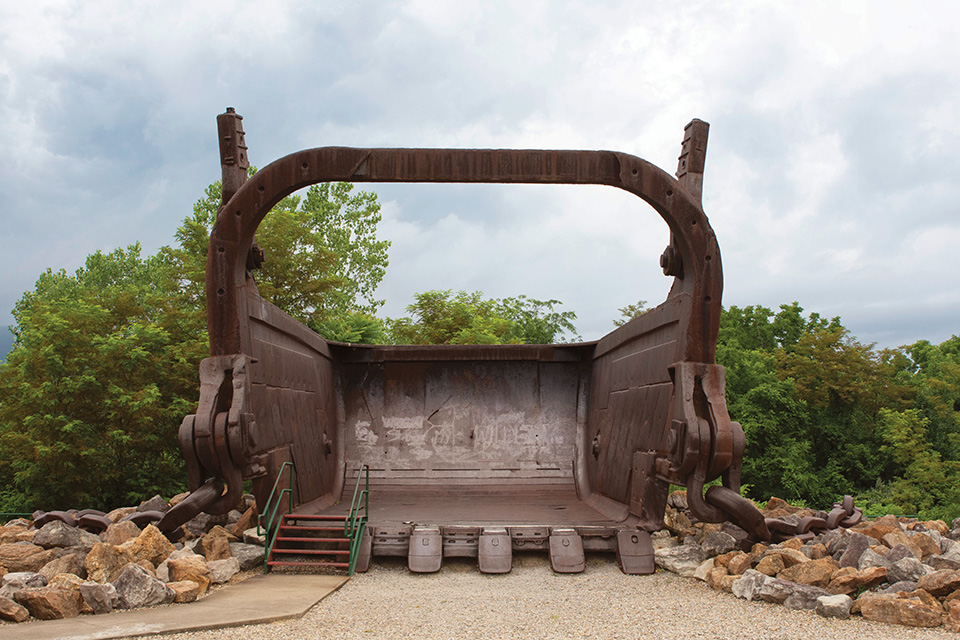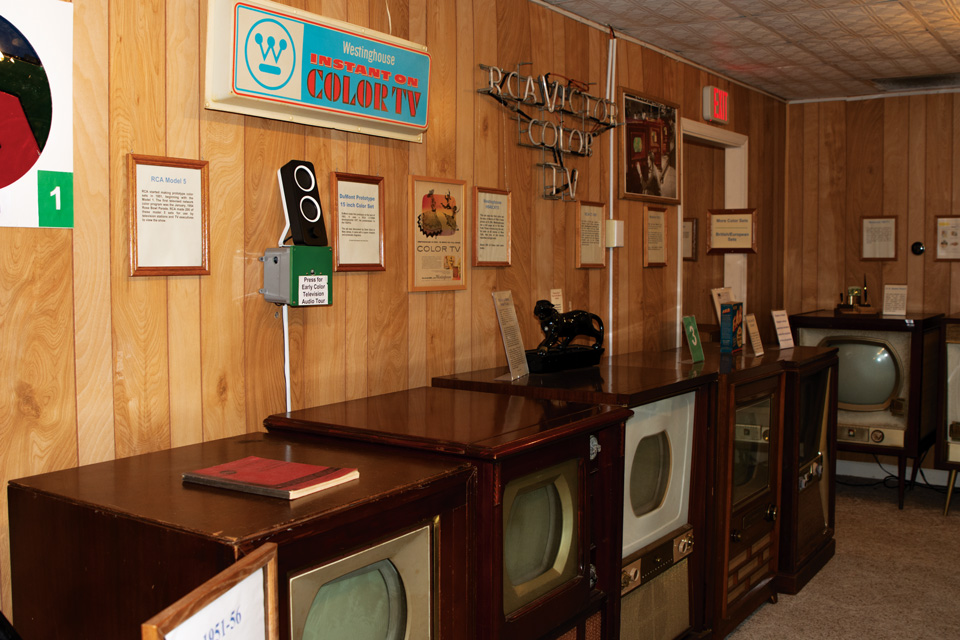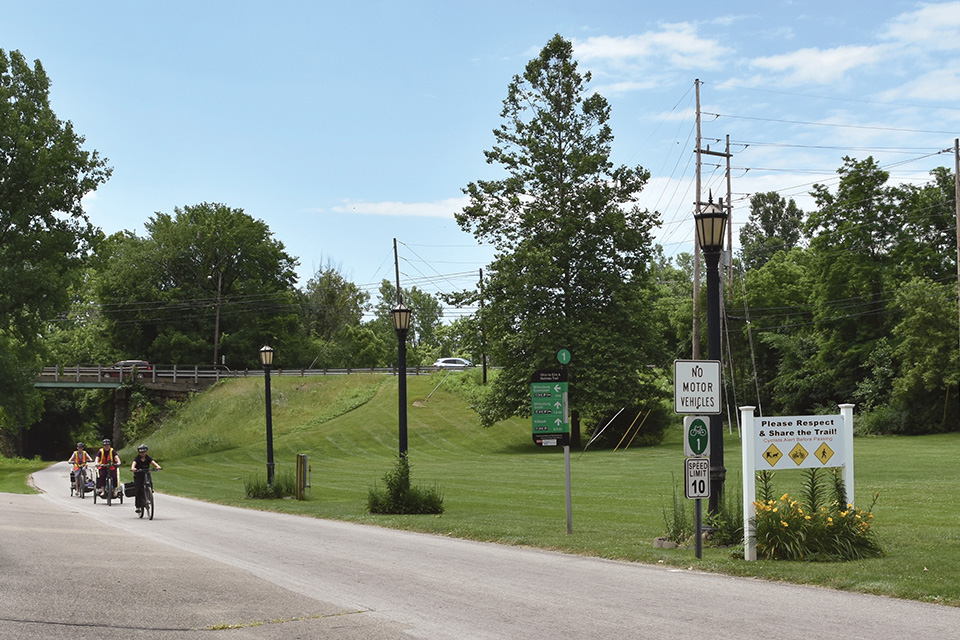Travel
5 Reasons to Visit Our 2024-25 Best Hometowns
From a charming spot that honors legendary candies to a museum dedicated to preserving World War II history, our Best Hometowns 2024-25 offer destinations you’ll love.
Related Articles

Best Hometowns 2024: Millersburg
This historic village in Holmes County offers a destination of its own as a well as a taste of the slower way of life practiced in the surrounding Amish and Mennonite communities. READ MORE >>

Best Hometowns 2024-25
This year, we honor Bryan, Hilliard, McConnelsville, Millersburg and Urbana. These five communities embody the characteristics that make us proud to call Ohio home. READ MORE >>

5 Ohio Best Hometowns to Visit this Summer
From our state’s largest inland lake to a storied historic home turned museum, our Best Hometowns 2023–24 communities offer destinations that should be part of your travel plans. READ MORE >>







